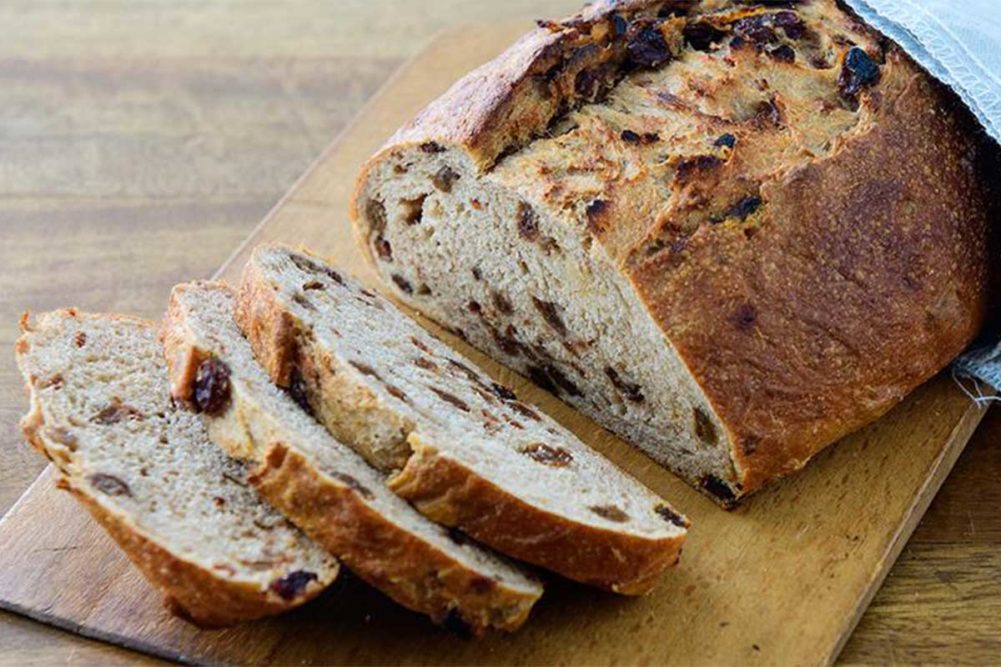KANSAS CITY — Along with new product development, research and development departments are spending more and more time addressing supply chain issues. Christine Prociv, senior vice president, marketing, innovation and R&D, for Aspire Bakeries, recently shared insights with Baking & Snack on how the reformulating process works when regular ingredients are unavailable.
“If there’s no white chocolate, for example, what can we do as a short-term backup to keep that cookie in stock? The solution might be to use a different type of white chocolate, equally delicious, or it might be another inclusion,” she said.
Ms. Prociv noted that the Los Angeles-based company conducts controlled tests to identify the best alternatives if it cannot get its regular ingredients. Every few days, Ms. Prociv and the tasting and cutting team receive shipments of new products from the development team.
“Typically, we have a control product and two alternatives to taste,” she said. “We may have to determine if a muffin with a different starch alternative is acceptable compared to the original control product.”
The tasting and cutting team then determines if the alternative can be a temporary or permanent change.
“If a permanent is rejected internally, the alternative could be a temporary solution,” Ms. Prociv explained. “We might say to our customers, ‘If need be, we can use this formulation for a month or two to meet your needs.’ We are very adaptable, and we act quickly.”
If the ingredient poses a risk to the brand, it’s rejected, she added. Innovation today means adapting to any challenges the market delivers while also developing those new on-trend products that consumers want most.





